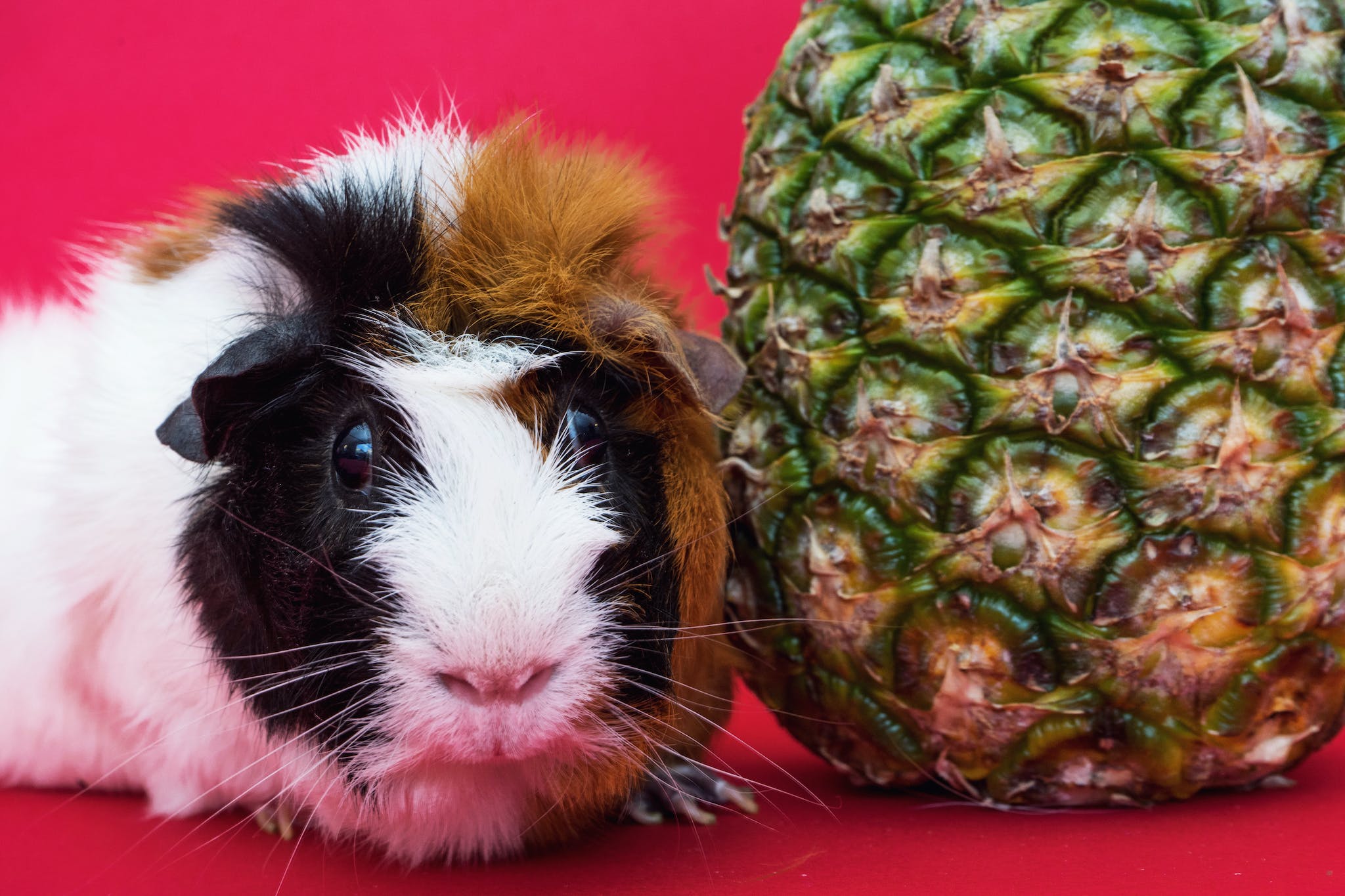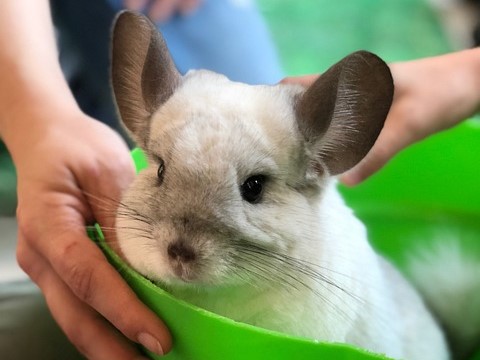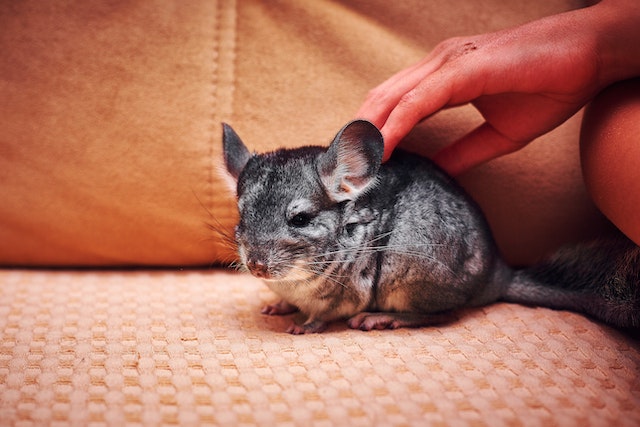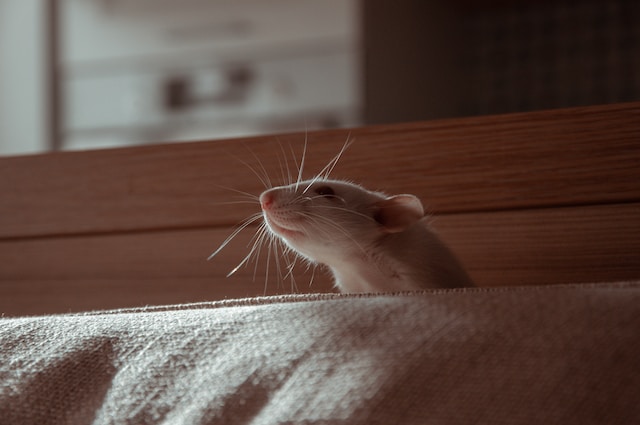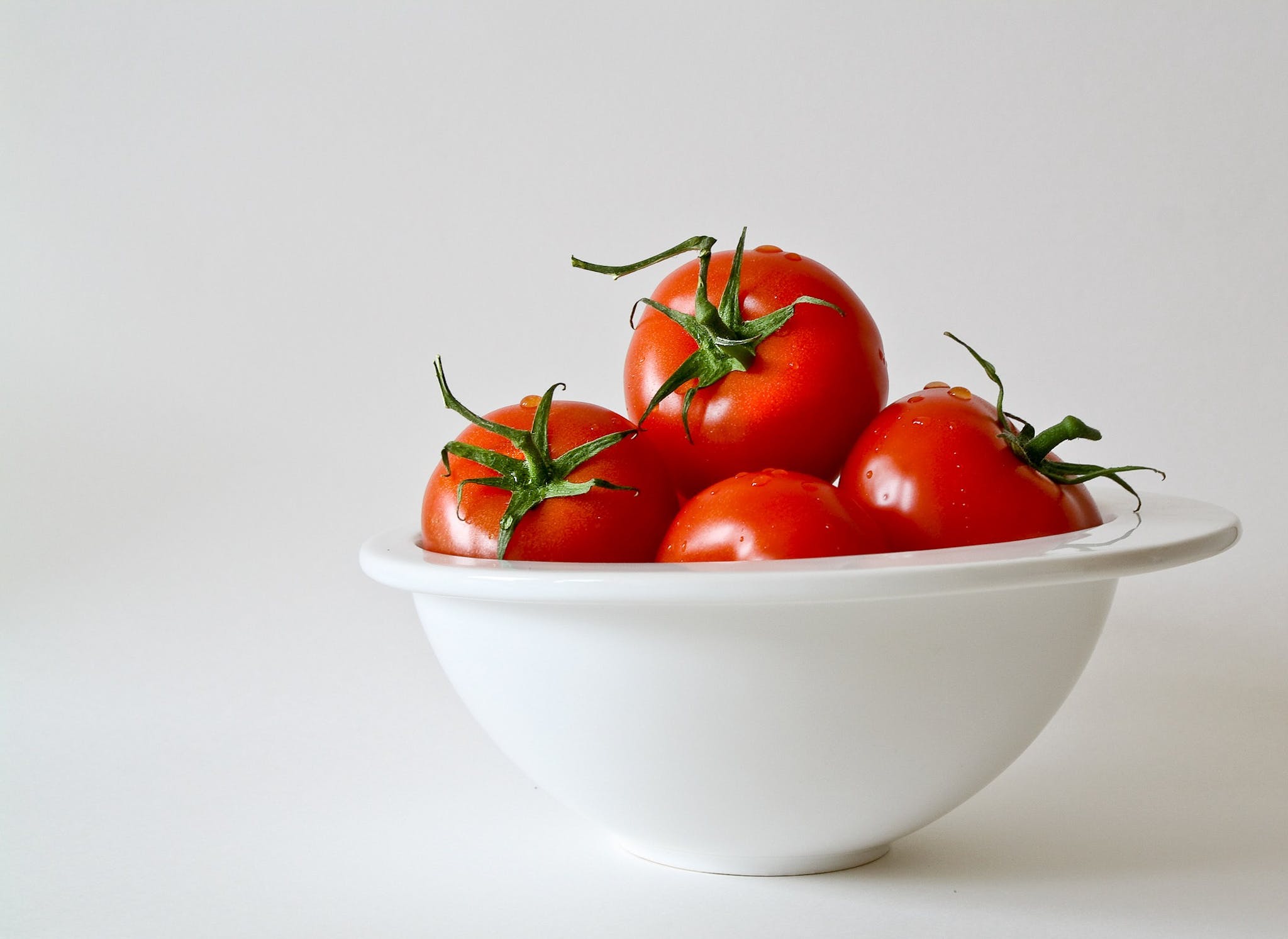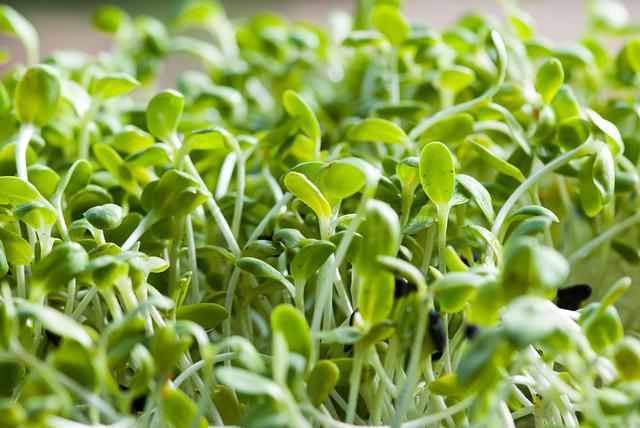The Dos and Don’ts of Pocket Pet Ownership: A Comprehensive Guide
There are some affiliate links below, but they are all products I highly recommend. For more info, view my disclosure here.
Are you considering adding a pocket pet to your family? These small, furry companions, which include rodents such as rats, mice, gerbils, and hamsters, as well as slightly larger animals like guinea pigs, chinchillas, hedgehogs, and sugar gliders, can be a great addition to households that don’t have the space or time for a larger pet like a dog.
However, you must do your research and understand the unique needs of different pocket pets before making a commitment. From housing and diet, to exercise and veterinary care, there are many factors to consider in keeping your pocket pet healthy and happy. Keep reading and we’ll cover the dos and don’ts of pocket pet ownership to help you make the right decision for you and your family.
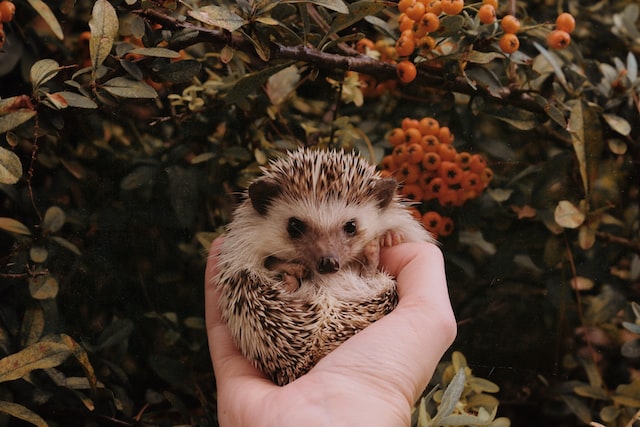
What Are The Different Types of Pocket Pets?
There are many different types of pocket pets to choose from, each with their own unique characteristics and needs. Some popular options include:
Rodents
Rats, mice, gerbils, and hamsters are all popular choices for pocket pets. These intelligent creatures are social and enjoy interacting with their human caregivers. They have specific dietary needs and require a spacious enclosure with plenty of opportunities for exercise and exploration.
Guinea Pigs
These friendly and gentle creatures are known for their quiet nature and tendency to bond with their caregivers. Guinea pigs are social animals and do best when kept in pairs. They require a spacious enclosure with plenty of room to move and play, as well as a diet rich in hay and fresh vegetables.
Chinchillas
These playful and energetic creatures are known for their soft, fluffy fur and high-energy play habits. They require a spacious enclosure with plenty of toys and opportunities for exercise, as well as a diet rich in hay and limited amounts of high-quality pellets.
Hedgehogs
These spiky little creatures are known for their quirky personalities and nocturnal habits. They require a spacious enclosure with plenty of hiding spots and opportunities for exercise, as well as a diet rich in high-quality cat food and insects.
Sugar Gliders
These small marsupials are known for their ability to glide through the air and their love of sugary foods. They are social animals that do best when kept in pairs, and require a spacious enclosure with plenty of toys and opportunities for exercise and exploration.
What Kind of Housing and Diet Do Pocket Pets Need?
Proper housing and nutrition are essential to the health and well-being of your pocket pet. Here are some things to consider when it comes to providing a suitable home and diet for your small companion.
Proper Housing Is a Must
Each type of pocket pet has specific housing requirements. It’s important to choose an enclosure that is spacious enough for your pet to move around and play, and that provides plenty of hiding spots and opportunities for exploration. Wire cages or enclosures with wire bottoms should be avoided, as they can cause discomfort or injury to your pet’s feet.
Pocket Pets Have Unique Diets
Pocket pets have unique dietary needs that must be met in order to keep them healthy. Many species, such as rats and guinea pigs, require a diet rich in hay, as well as fresh vegetables and a limited amount of high-quality pellets.
Other species, such as hedgehogs, may require a diet that includes high-quality cat food and insects. It’s important to research the specific dietary needs of your pocket pet and provide a varied and nutritionally balanced diet.
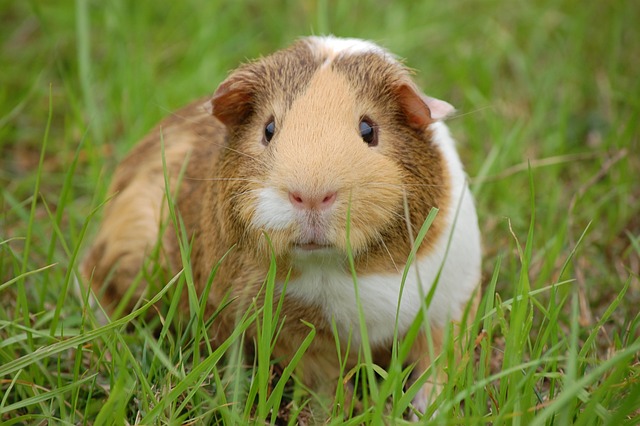
What About Exercise and Enrichment For Pocket Pets?
In order to keep your pocket pet happy and healthy, it’s important to provide plenty of opportunities for exercise and interaction. Here are some things to consider:
Exercise
Pocket pets have high energy levels and require regular opportunities for physical activity. Make sure to provide your pet with plenty of toys and activities to keep them entertained and engaged.
Interaction
Pocket pets are social creatures that thrive on human interaction. Make sure to spend quality time with your pet every day, playing with them and providing mental and physical stimulation. This will help to prevent boredom and keep your pet happy and healthy.
Nocturnal Habits
Some pocket pets, such as hedgehogs and mice, are nocturnal and may be most active at night. If you have a nocturnal pocket pet, it’s important to consider their sleep patterns and make sure not to disturb them during their active hours.
Chewing
Some pocket pets, such as hamsters, have a tendency to chew on their cages and other objects. Make sure to provide plenty of chew toys to keep your pet entertained and prevent them from damaging their enclosure.
What Veterinary Care Possibilities To Keep In Mind
Proper veterinary care is essential to the health and well-being of your pocket pet. Some things to consider include:
Spaying and Neutering
Some pocket pets, such as rats and guinea pigs, may benefit from being spayed or neutered in order to reduce the risk of certain health problems. It’s important to consult with a veterinarian who is experienced in treating pocket pets to determine whether spaying or neutering is appropriate for your pet.
Wellness Visits
Regular visits to the veterinarian can help to catch potential health problems early on and ensure that your pocket pet receives the necessary care. Make sure to choose a veterinarian who is familiar with the specific needs of pocket pets.
Emergency Care
It’s important to have a plan in place in case of an emergency. Make sure to research veterinarians in your area who are able to treat pocket pets and have their contact information readily available in case of an emergency.
Surrendering a Pocket Pet
If you are no longer able to care for your pocket pet, it’s important to surrender them to a reputable rescue or shelter rather than releasing them into the wild.
Many pocket pets, particularly those that have been bred in captivity, may not have the skills or resources to survive on their own.
Surrendering them to a rescue or shelter can provide them with the care and attention they need until they can be placed in a new home.
Hopefully, by really considering the needs of pocket pets before making a commitment, you can make sure to make them part of your home for their entire lives.
Consider The Lifespan of Pocket Pets
It’s important to consider the lifespan of a pocket pet before committing to one as a pet. Some pocket pets, such as hamsters and mice, have shorter lifespans and may only live for a couple of years.
Others, such as rats and guinea pigs, can live for up to 8 years or longer. It’s important to be prepared for a long-term commitment when caring for a pocket pet, as they can require care and attention for several years.
In addition to their lifespan, it’s important to consider the specific needs and care requirements of each type of pocket pet. Some may require more attention and care than others, and it’s important to be prepared to provide for their needs over the course of their lifetime.
By doing your research and choosing a pocket pet that is a good fit for your lifestyle, you can ensure that both you and your pet are happy and healthy for years to come.
In conclusion, pocket pets can make great companions for those who are unable to care for a traditional pet, such as a dog or cat. However, it’s important to do your research and be prepared to provide the necessary care and attention to keep your pocket pet happy and healthy.
Consider factors such as housing and diet requirements, exercise and interaction needs, and veterinary care when deciding whether a pocket pet is right for you. Remember, pocket pets can have lifespans of several years or longer, so it’s important to be prepared for a long-term commitment.
By following these tips and choosing a pocket pet that is a good fit for your lifestyle, you can enjoy the companionship of a furry little friend for years to come.

